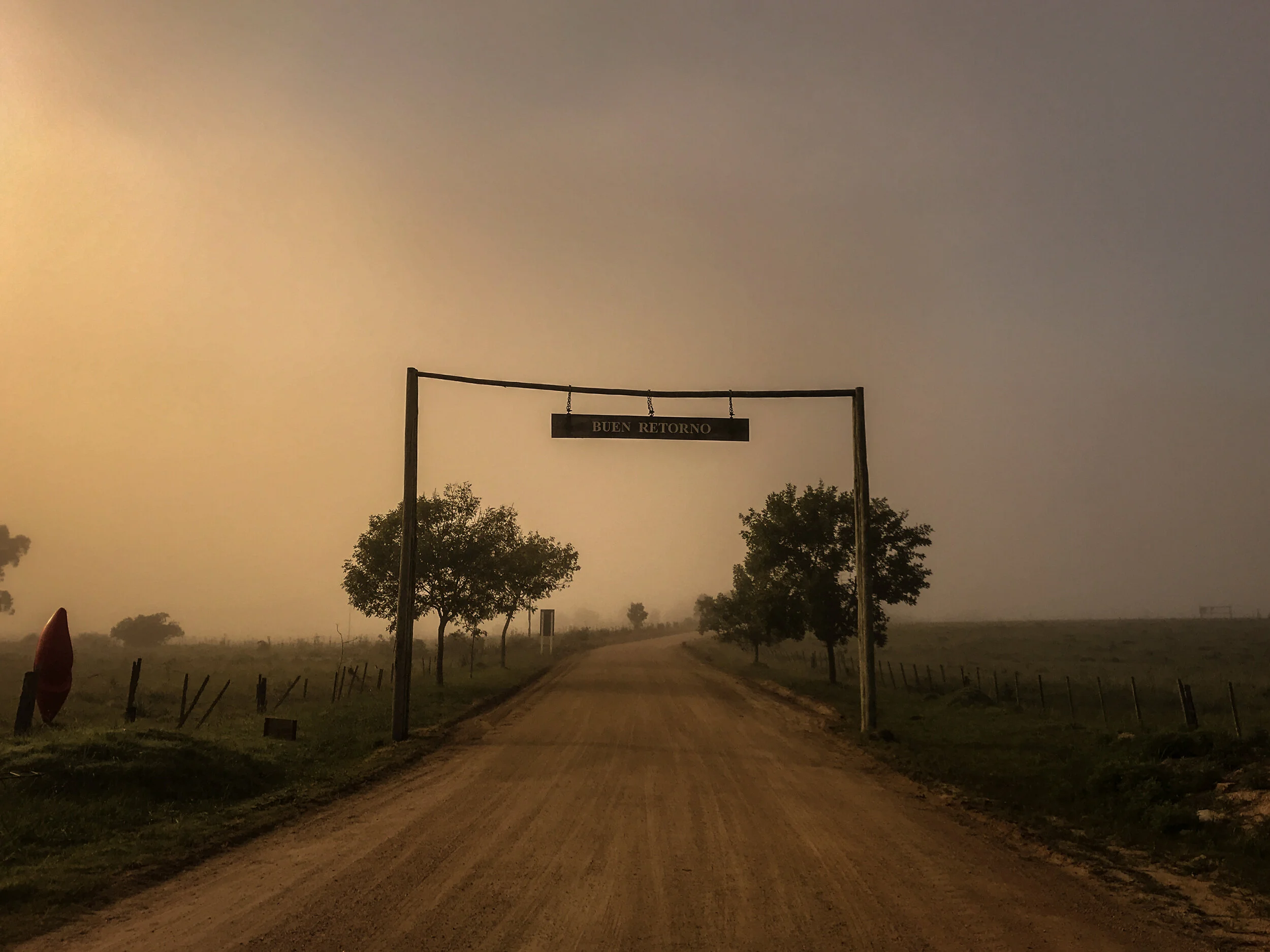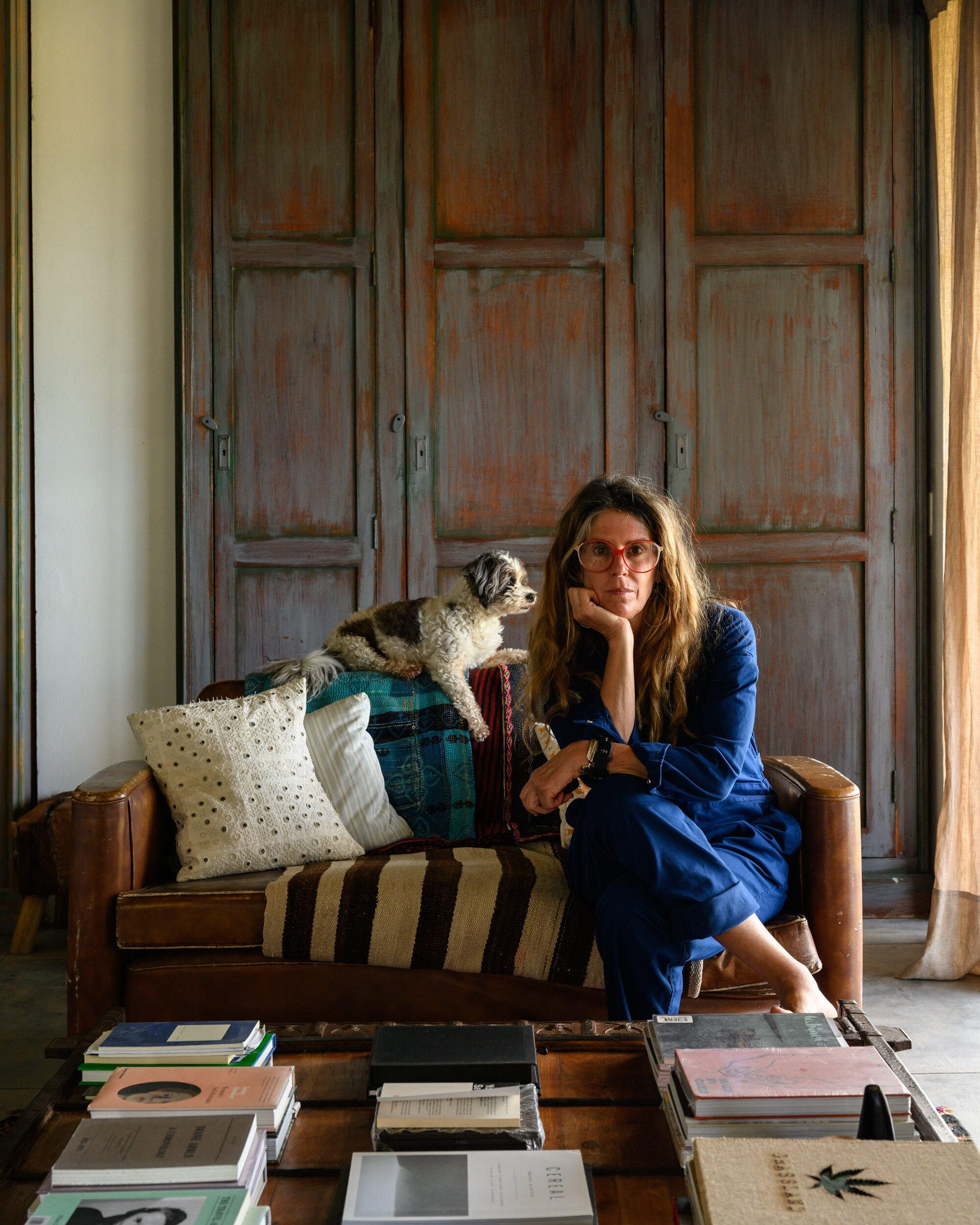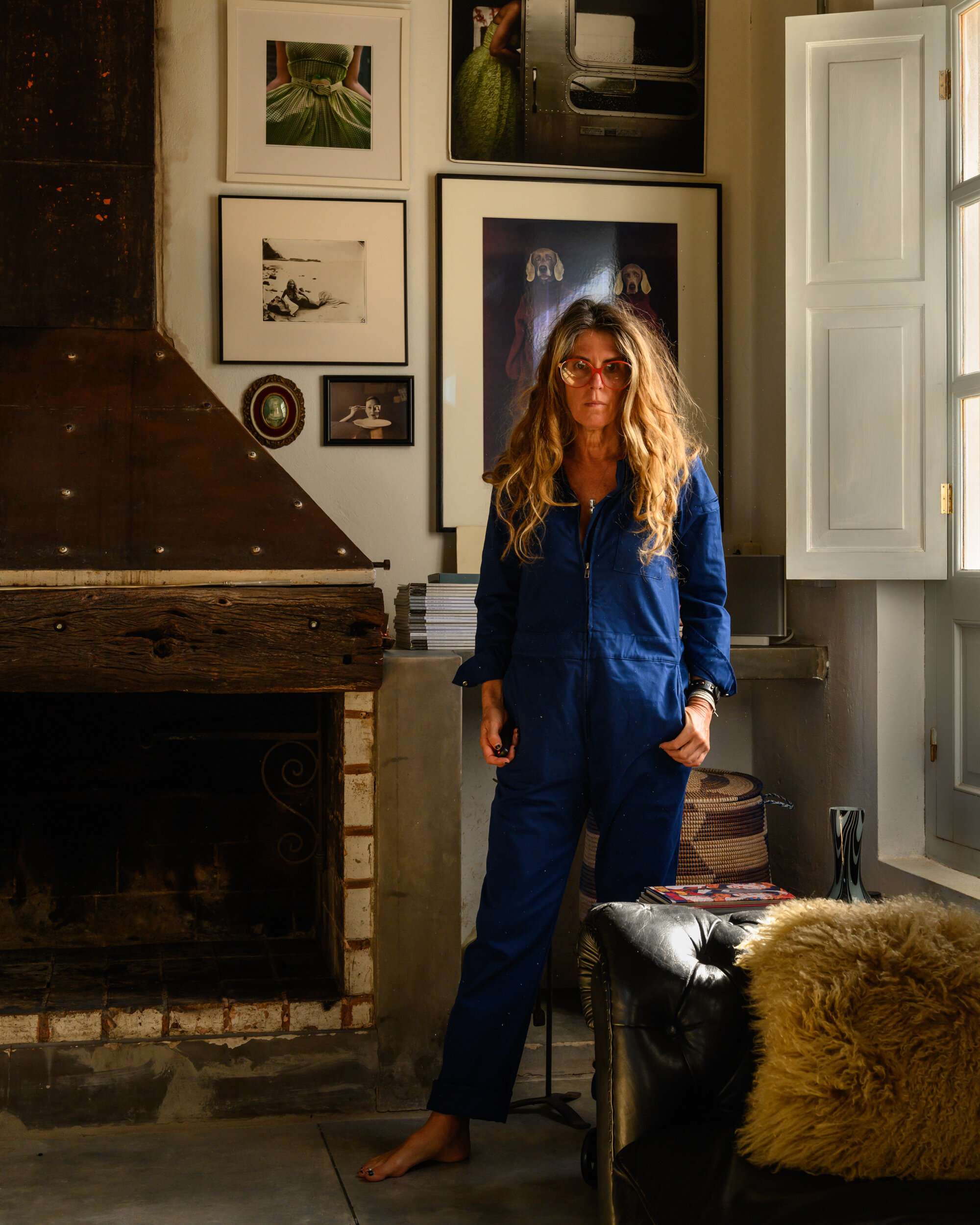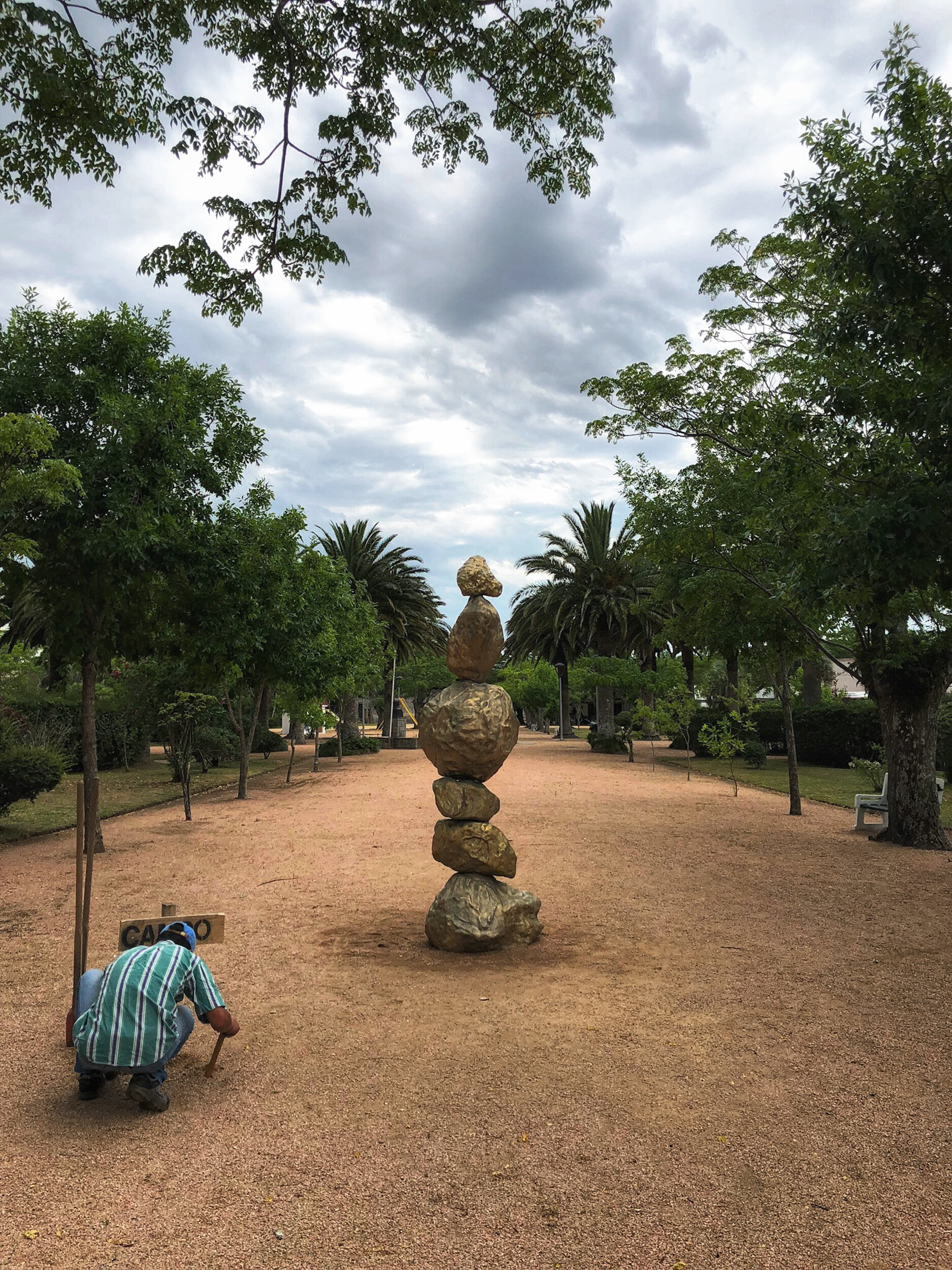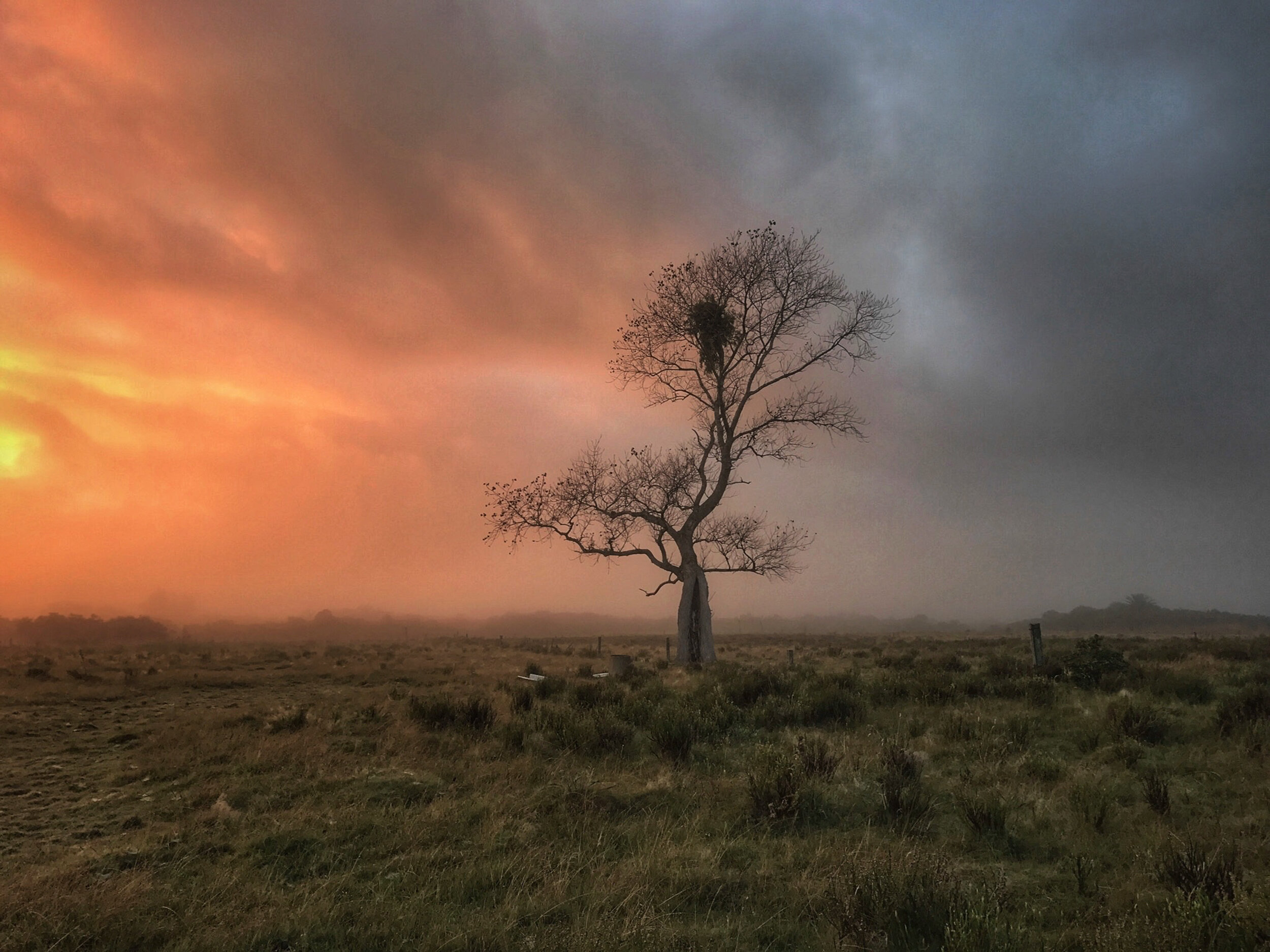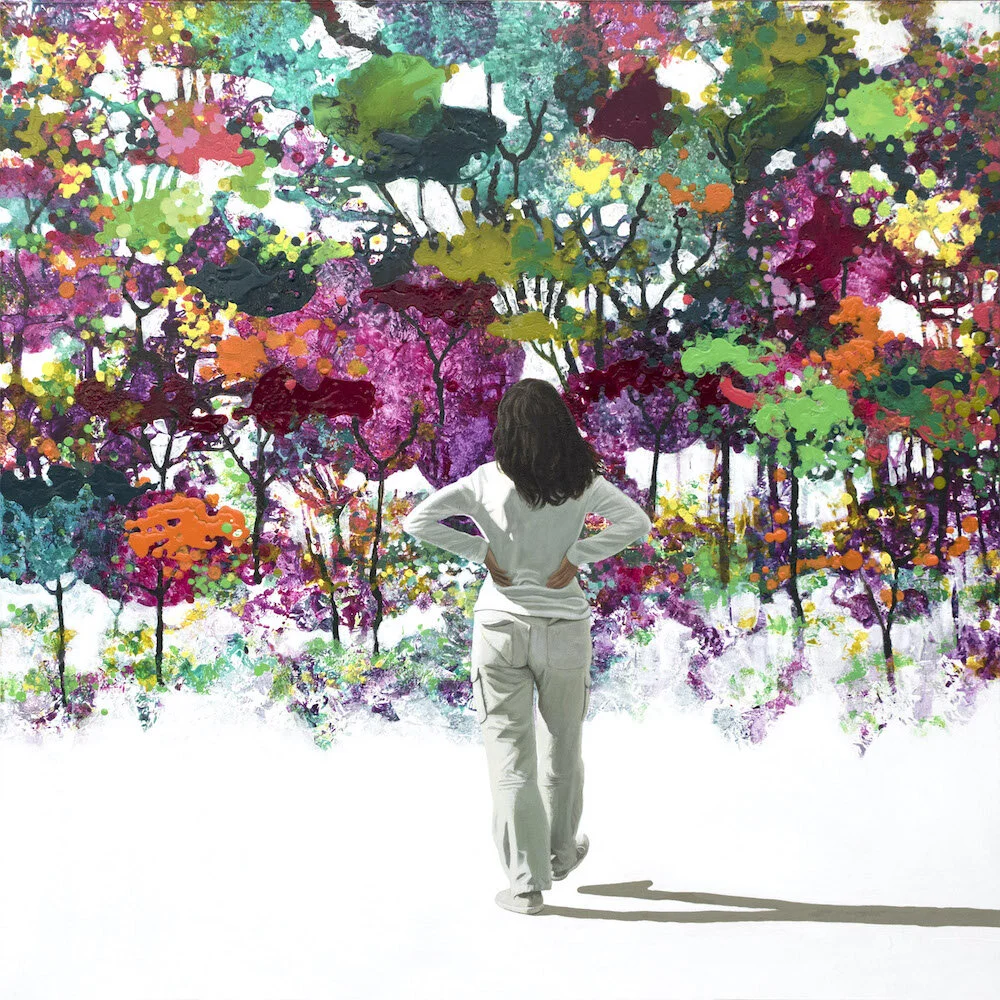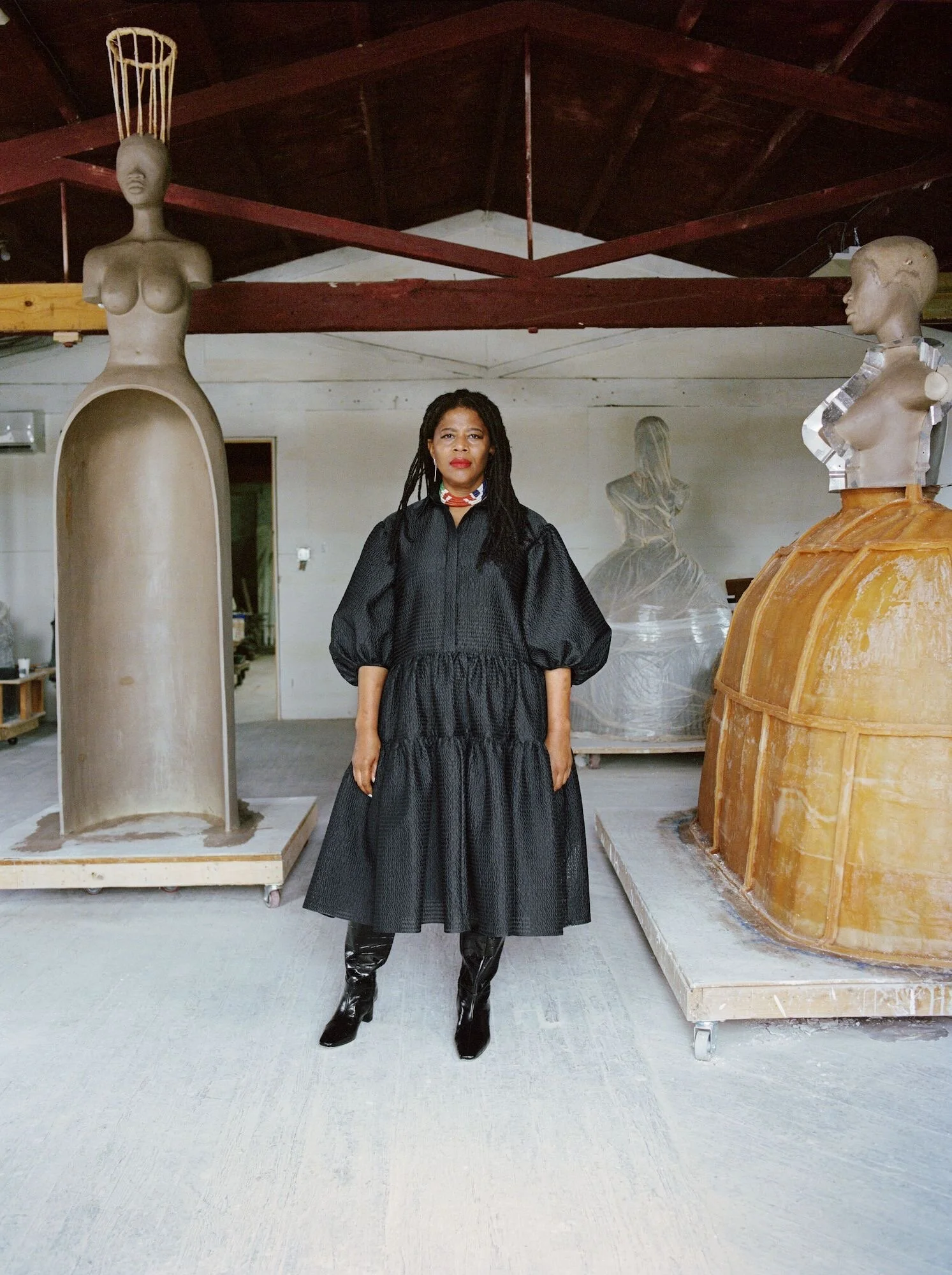Campo: Uruguay's Conscientious Art Institute
In a tiny village in southern Uruguay, far from the art capitals of Venice, New York, Paris and Los Angeles, an international creative movement is quietly growing.
Artists working in a broad range of mediums stay for extended residencies. Cultural insiders from around the globe attend the annual Artfest. And a burgeoning community of thinkers, makers and activists contributes virtually to the creative fire fueling the movement.
This is Campo, the creative institute and artists community founded by American-born photographer Heidi Lender, in Uruguay’s pueblo Garzón.
Pueblo Garzón. Photo: Heidi Lender.
Pueblo Garzón
Garzón, 30 minutes north of the posh beach town Jose Ignacio and two hours east of Uruguay’s capital Montevideo, is a village of fewer than two hundred inhabitants, where one might go days encountering nothing but sheep or sunsets. But Garzón has what those crowded art capitals lack: stillness. (Campo means countryside in Spanish).
“It’s about space, it’s about quiet, its about healing,” Lender explains. The rugged natural beauty lends itself to soul searching and reestablishing connection to one’s creative spirit.
Heidi Lender came to Garzón by accident while exploring South America with her then-boyfriend. Looking for a place to stay while in Jose Ignacio, she was told about Garzón, the hotel and restaurant owned by renowned Argentinian chef Francis Mallmann. Mallmann, who’s signature cooking-with-fire methods and Chef’s Table fame draws foodies from across the globe, set up shop in Garzón to escape the crowds on the coast.
Frances Mallmonn’s restaurant Garzón. Photo Heidi Lender
“It was magical,” Lender told me over Zoom recently. “Not fancy at all, but you immediately got the sense that something cool and hip is happening here. But no one knows about it.”
Thinking back she recalls her lightbulb moment, sitting by one of Mallmann’s famous cooking fires, eating unforgettable food and meeting fascinating people (some who would later become her neighbors). “I thought - I belong here. I’m never going to leave.”
She bought her property just a few days later and now, after ten years, has built one of South America’s most exciting creative incubators. “I did not find Garzón. Garzón found me,” she says.
Horses roam Garzón’s open space. Photo: Heidi Lender.
Inspired by concepts such as The Watermill Center in New York, “providing a global community the time, space and freedom to create and inspire” and Marfa, Texas, known for its desolate landscape, tiny population and embrace of artists, Lender’s Campo is a creative institute inseparable from its location.
Photo: Heidi Lender
Gaucho. Photo: Heidi Lender
The natural features become part of the humanist impulse, and the creative output. But it’s not all warm embrace. Lender describes Garzón’s environment as confronting. “It’s not fancy. It’s raw. The land stretches before you like a green sea. The sky is enormous. The horizon stretches forever. There is space. Space to breath, space to think. Space for quiet.”
Nothing comes easily in this tiny town. Lender attributes her American won’t take no for an answer personality to much of her success bringing Campo to life.
Campo’s Artfest
An image from last year’s Artfest. Photo: Heidi Lender.
Each December Campo hosts an arts festival in the pueblo. Lender says the original idea was to do something in the village that would include locals and would be community based. What started as a small, one day show has turned into a two day international event.
December is Uruguay’s summer, so normally the southern region welcomes tourists from all over the world. “It’s like South America’s Hamptons,” says Lender.
2020 has posted daunting challenges for Campo’s Artfest - both logistical and philosophical - as it has for all organizations looking to bring people together. And while the pandemic raised many doubts in her mind as to whether an art festival even made sense this year, Lender ultimately decided it did.
She realized it’s never been more important to show artists our support. “We need places like this. It’s ok to have a little joy and spread it around. I think we need some positivity right now.”
“Isn’t it amazing that the whole world has spent time in their homes looking at books, Netflix, movies?! Who do you think makes those things? Artists. Creativity is the thread of humanity, of society, we need the arts more than ever.”
Work installed during last year’s Artfest. Photo: Heidi Lender.
Artfest’s 2020 theme is Breaking Borders
An artist installing work in Garzón during Artfest last year. Photo: Heidi Lender.
“To break borders, we’ll produce a shared experience simultaneously in the pueblo and streaming online that deconstructs old beliefs and reconstructs news ones, inspiring new reservoirs of hope, love and empathy. We will build bridges that cross oceans of ideas and connect spirits, while forging a new frontier with stronger community and a life without limits,” Lender writes.
Addressing this year’s theme, Artfest will highlight site-specific installations and performances by 27 Uruguayan artists in the pueblo and virtual works by 27 international artists.
This deliberate focus on Uruguayan artists reflects a larger trend in the art world, apparent since the pandemic turned the world upside down. The Museum of Contemporary Art Chicago, for example, designed the exhibit “The Long Dream” featuring more than 70 Chicago-based artists working in visual arts, performance and public practice. The Institute of Contemporary Art Boston has committed to acquiring new works by Boston artists this year, and the Pérez Art Museum Miami (PAMM) has launched Live Studio Visits, a series that highlights local artists through virtual visits with PAMM curators.
Lender says, “Its a special time and maybe the only time we will have an all Uruguayan based cast of creatives. A new community has already been created with the 27 local artists, [many] from the big city. They have taken side trips to Garzón to visit locations, plan performances and get a feel for the pueblo.”
Three of the Uruguayan artists are doing community projects, one in collaboration with village children. Photo: Heidi Lender.
Digital Campo
In order to pull off the festival 2020 style, with virtual involvement from thinkers, artists and activists all over the globe, Lender launched a digital crowdfunding campaign. Campo surpassed their goal of $80k during the campaign and people are continuing to give. Lender says, “It was a success on all fronts, raising funds and awareness both.”
Additionally, though resistant at first, Lender has developed a robust virtual experience for Artfest 2020. Not only will the public be able to experience the art online, but participating artists have the opportunity to collaborate across oceans and time zones, breaking borders in their own responsive ways.
An artist works with village children. Photo: Heidi Lender.
Unique this year is daily digital programming via a new platform accessible through Campo’s website. The series “In Conversation,” brings the international artists and national artists participating in Artfest together in virtual dialogue. It’s been exciting Lender says, seeing the new connections and global discussions that have been generated. “Even within the national artists I am seeing collaborations pop-up in instances where they might not have prior.”
Check out these daily conversations (some of which are in Spanish) here. And be sure to scroll down below the calendar to watch “The Kickoff Sessions. Breaking Borders: Art and Community 2020” featuring Magdalena Sartori, Founder of Assemblage in New York, Film director Martín Cuinat, Eduardo Costantini Jr., founder of Kabinett and the Kolapse project, Rafe Offer founder of Sofar Sounds and Heidi Lender. Pondering the meaning and importance of “gathering” in today’s reality, these creative influencers bring innovation, compassion and a multi cultural perspective to the question of what “gathering” means today.
Garzón’s rugged beauty. Photo: Heidi Lender.
Photo: Heidi Lender
The pandemic has highlighted and hightened our need for connection - to nature, to ourselves, to each other. In isolation we feel even more strongly our human impulse to gather. With Campo, Lender has created a haven for creative connection and against the rugged backdrop of pueblo Garzón, has fostered a supportive community of artists looking to find and make beauty in the world.
As Lender told me, “Campo is not just a place for an artist to go to. Our place is for people to come and stop and slow down and be quiet. I think now we all understand the importance of that, the significance of that. Especially for creative people to give themselves that moment to just listen to themselves. That’s what Campo is all about.”
Campo Artfest takes place live in the pueblo and online December 28 and 29.
Visit the website for more information and to access daily inspiration through conversations between participating artists.
All images, including cover image by Heidi Lender.


